A friend recently asked if I had any recommendations for readers who already have a grasp on concepts like shutter speed, ISO, and aperture from using a film camera but have yet to make the move to a digital SLR. The short answer: Of course I do. My first digital SLR was a very different beast from the Fujica ST-605 I used for over two decades. The 605 was a much more basic camera, offering no automatic functions. Choosing the right shutter speed and f-stop were dependent on me, as was focusing. To Fujica's credit, though, the 605 had two features missing from the digital SLRs I've used. The first was a fantastic focusing screen. Anytime I use manual focus on my digital SLRs—even with an upgraded focusing screen—I wish they were as capable as the circa 1977 ST-605.The other feature I miss is the built-in light meter. Whenever I set exposure manually on my digital SLR, I wish I had the 605's light meter and depth of field preview in the viewfinder. I also liked the mechanical timer on the Fujica. It was very quick to manipulate and could be set to any time interval ten seconds or less.On the other hand, it's great having autofocus, most of the time the camera assists me in setting exposure, and I have a variety of other features on my digital SLRs that relegate the Fujica to the prop shelf. My digital SLRs can do everything my film camera could, and a whole lot more.What will strike you when switching from a film SLR to digital? A lot depends on what you were used to and which model you choose, but regardless you're likely to end up with a camera that's very easy to use simply but will involve a learning curve to use creatively. Many features are accessible only via menus, and you'll need to read the manual (and I say that as someone who often avoids reading manuals).One issue the camera can handle for you automatically that you'll eventually want to tackle is white balance. In some environments, digital cameras have difficulty determining what white looks likeSome good news: Since you're not using film, you can choose your ISO on the camera (or have it chosen for you automatically). Not using film also brings me to perhaps the best advantage of digital, which is the ability to freely experiment with your shots. You don't have to worry about the cost of developing each frame.I plan to write another column on how to decide which digital camera to buy, but I'll offer one piece of advice here. If you already own lenses, buy a digital camera with the same mount. The quality of one brand of camera vs another is frequently debated, but I don't think anything outweighs being able to draw on a selection of lenses that you already own.
My first digital SLR was a very different beast from the Fujica ST-605 I used for over two decades. The 605 was a much more basic camera, offering no automatic functions. Choosing the right shutter speed and f-stop were dependent on me, as was focusing. To Fujica's credit, though, the 605 had two features missing from the digital SLRs I've used. The first was a fantastic focusing screen. Anytime I use manual focus on my digital SLRs—even with an upgraded focusing screen—I wish they were as capable as the circa 1977 ST-605.The other feature I miss is the built-in light meter. Whenever I set exposure manually on my digital SLR, I wish I had the 605's light meter and depth of field preview in the viewfinder. I also liked the mechanical timer on the Fujica. It was very quick to manipulate and could be set to any time interval ten seconds or less.On the other hand, it's great having autofocus, most of the time the camera assists me in setting exposure, and I have a variety of other features on my digital SLRs that relegate the Fujica to the prop shelf. My digital SLRs can do everything my film camera could, and a whole lot more.What will strike you when switching from a film SLR to digital? A lot depends on what you were used to and which model you choose, but regardless you're likely to end up with a camera that's very easy to use simply but will involve a learning curve to use creatively. Many features are accessible only via menus, and you'll need to read the manual (and I say that as someone who often avoids reading manuals).One issue the camera can handle for you automatically that you'll eventually want to tackle is white balance. In some environments, digital cameras have difficulty determining what white looks likeSome good news: Since you're not using film, you can choose your ISO on the camera (or have it chosen for you automatically). Not using film also brings me to perhaps the best advantage of digital, which is the ability to freely experiment with your shots. You don't have to worry about the cost of developing each frame.I plan to write another column on how to decide which digital camera to buy, but I'll offer one piece of advice here. If you already own lenses, buy a digital camera with the same mount. The quality of one brand of camera vs another is frequently debated, but I don't think anything outweighs being able to draw on a selection of lenses that you already own.
